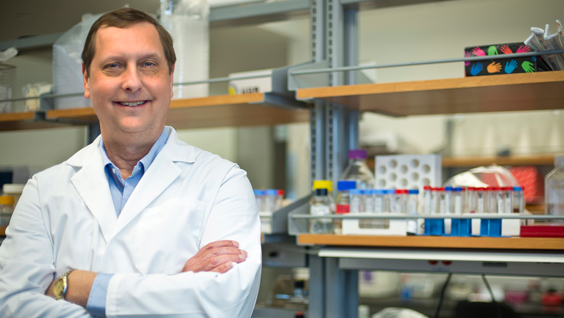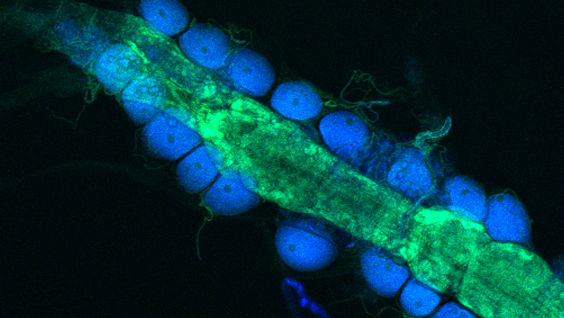The cardiovascular researcher who pioneered visualizing the function of the human heart using the most powerful magnetic resonance available will soon join SBP’s Florida campus. E. Douglas Lewandowski, PhD, will become professor in the Cardiovascular Metabolism Program and director of Cardiovascular Translational Research starting December 2015. He is among the most preeminent investigators in the world who specialize in the metabolic basis of heart failure, including ischemic heart disease and diabetic cardiomyopathy.
“Doug Lewandowski’s pioneering work has unveiled new concepts and therapeutic strategies aimed at improving the treatment of heart failure, a worldwide health problem. He will continue this work at SBP, leading an innovative bench-to-clinic research program at SBP and the Florida Hospital Translational Research Institute for Metabolism and Diabetes (TRI-MD). His recruitment is transformational for our translational research efforts in the cardiovascular arena,” said Daniel P. Kelly, MD, Tavistock Distinguished Professor and scientific director, Center for Metabolic Origins of Disease at SBP Lake Nona.
Lewandowski’s contributions to understanding metabolic pathways and fuels that may protect against the high-morbidity, -mortality, and economic health burden of heart failure are recognized as among the most rigorous and field-advancing. He is renowned in the use of nuclear magnetic resonance (NMR) spectroscopy to visualize and measure metabolic activity in the intact beating heart in health and disease. His expertise in medical imaging techniques involves manipulation of metabolic activity in the ailing heart with pharmacological agents and targeted gene manipulation.
He will hold a joint appointment at Florida Hospital as senior principal investigator at the TRI-MD. He views the partnership between SBP’s basic research and the TRI’s clinical investigations as an attractive and effective research model that will accelerate the translation of the fundamental mechanisms of heart disease and therapeutic targets toward patient-based studies to identify new treatments, therapeutics, and cures.
“With Lake Nona’s emphasis and existing expertise in cardiometabolic disease, I feel that I can immediately contribute to team science approaches to elucidate fundamental mechanisms of heart and metabolic disease. My focus will be to translate findings in SBP’s laboratories to human studies of the metabolic basis of heart disease at the TRI,” said Lewandowski. “It is this partnership that I anticipate will be a game changer in the way I will be able to implement the translation of my laboratory investigations, and I find this very, very exciting.”
Prior to joining SBP, Lewandowski held the position of professor in the Department of Physiology and Biophysics, in the Department of Medicine, and director of the Program in Integrative Cardiac Metabolism at the University of Illinois at Chicago. Previously, Dr. Lewandowski spent a decade on the faculty at Harvard Medical School with hospital appointments at Massachusetts General Hospital in Boston, Mass.

